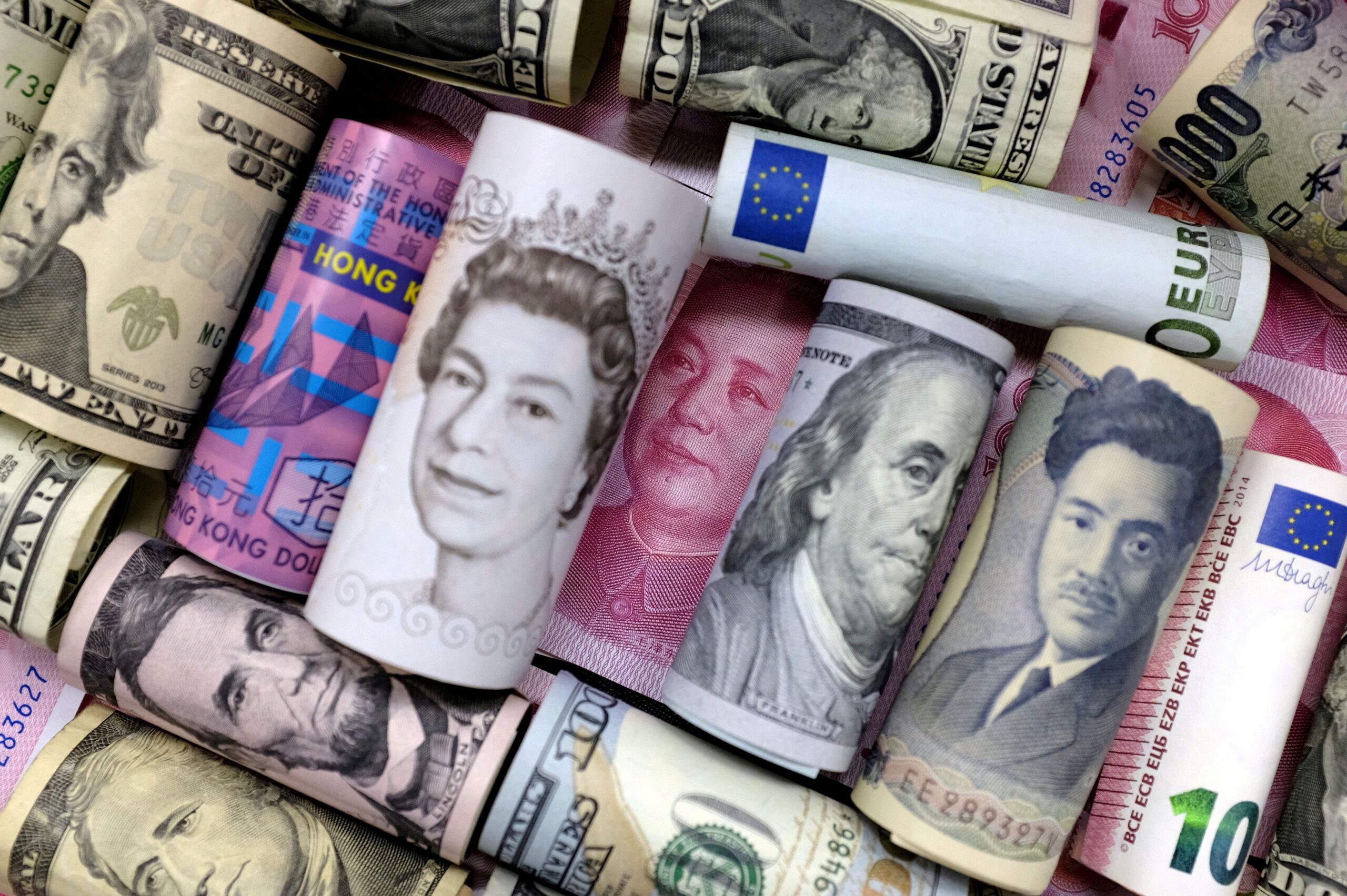
- Uncategorized
US dollar hits nearly 38-year high
Do you want to know how to make money from this?
Register for free and get expert advice, access to a training course and webinars.
Key points:
- The US dollar hit its highest since December 1986 against the Japanese yen, rising to 161.745 yen.
- The weakness of the yen pushed the Nikkei index up (+1%) amid falling markets in other regions.
- The euro recovered slightly after the rally, falling 0.12% to $1.0727, while sterling fell 0.14% to $1.2633.
The American currency has reached its maximum. The rise was fueled by a sharp rise in US Treasury yields. Investors, anticipating a possible second presidency of Donald Trump, were actively buying American assets.
Meanwhile, the Japanese yen’s weakness pushed the Nikkei index higher, breaking the psychologically significant 40,000 mark for the first time in three months. With this achievement, the Nikkei index became a striking exception against the backdrop of falling markets in other regions.
Exchange rates before the publication of macro data
On Tuesday, July 2, 2024, the US dollar to Japanese yen rate soared to 161.745 yen, reaching its highest level since December 1986.
This jump in the exchange rate of the currency pair is due to high sensitivity to the dynamics of US bond yields. At the beginning of the week, the benchmark 10-year U.S. Treasury yield rose nearly 14 basis points to 4.479%.
The initial push for yields was President Joe Biden’s dismal debate performance last week. An additional catalyst was Monday’s Supreme Court decision that granted Trump broad immunity from prosecution for his efforts to overturn the 2020 election results.
Yen remains in focus
The yen’s weakness is keeping traders on edge, awaiting intervention from the Japanese authorities.
In late April – early May, when the yen fell to 160.82 per dollar, the authorities had already spent about 9.8 trillion yen ($60.65 billion) to support it.
Japanese Finance Minister Shunichi Suzuki on Tuesday confirmed that authorities were closely monitoring the situation in currency markets, but did not repeat previous statements about their readiness to take decisive action.
Against this background, the Nikkei index rose more than 1%, outperforming other major markets in the region. Hong Kong’s Hang Seng added 0.4%, helped by gains in real estate stocks, but mainland Chinese blue chips were flat and Taiwan’s high-tech benchmark fell 0.74%.
Focus on a range of macro data
On Tuesday, the euro regained some of its lost ground against the US dollar after the previous rally. The euro was down 0.12% at $1.0727, after rising to $1.0776 on Monday for the first time since June 13.
Sterling also fell, losing 0.14% to $1.2633.
The focus of markets in the afternoon will be US monetary policy. Federal Reserve Chairman Jerome Powell will speak at an event in Sintra, Portugal, organized by the European Central Bank.
An important block of US labor market data begins on Tuesday with the JOLTS jobs report, followed by ADP data a day later and key monthly payroll data on Friday.
These publications may have an impact on exchange rates, including the euro-dollar ratio.
Do you want to know
How to make money from the news
Register for free and get:
- Expert consultation;
- Access to the training course;
- Opportunity to participate in webinars

